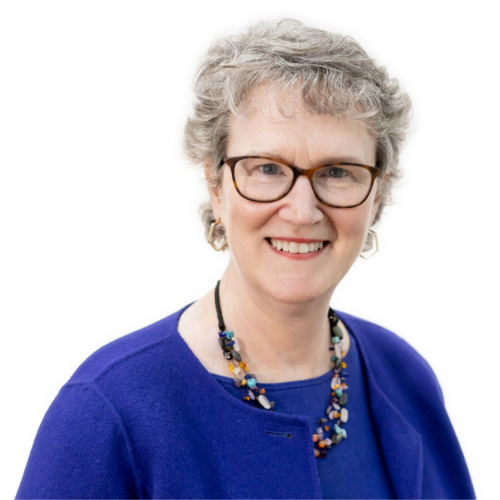Barriers to Mission Financing: Not All Nonprofit Money Is Created Equal

New reports point the way toward financial and creative freedom for culturally specific nonprofits
Our staff returned invigorated from the annual Grantmakers in the Arts conference. We especially enjoyed the chance to focus on an issue of crucial importance to us and our peers: the ongoing threat to the survival of culturally specific nonprofits and the real questions of racial equity and funder behavior.
“Propel Nonprofits is committed to using findings from these reports to help shift the conversation about nonprofits serving communities of color to emphasize this crucial insight: financial stability is interwoven with creative freedom and community impact.”
Kate Barr
The news that culturally specific nonprofits face unique financial challenges isn’t exactly earth-shattering, but with new data and analysis, including “Not Just Money: Equity Issues in Cultural Philanthropy” from Helicon Collaborative, those of us in the nonprofit funding community have more insight and a greater sense of urgency as we create and implement concrete strategies to these common obstacles.
Precarious financial health can be an ongoing obstacle for culturally specific nonprofits. It can stand in the way of self-determination, fulfilling mission, and the ability to pivot when circumstances change. A lack of financial stability puts too many of these organizations in a semi-permanent state of perpetual crisis, reacting rather than serving constituents and higher goals.
Real strategies require real data, so we worked with National Center for Arts Research (NCAR) on a research report on the financial profile of culturally specific organizations in the state of Minnesota. This report, “Minnesota’s Culturally Specific Organizations: Equity in the Sector,” provided us with a wealth of analytical data of the sort we relish—not because of the specific lacks and shortcomings that it reveals, but because of the possible roads for action it points toward.
The findings reinforced national research: these nonprofits operate in sectors that traditionally work with lower annual budgets, tend to be younger, and have disproportionally smaller operating budgets than their mainstream peers in the same sector. Crucially, compared to mainstream organizations in the same sector of similar budget size, these culturally specific organizations have smaller physical facilities, earn significantly less revenue, work with a markedly smaller share of unrestricted funds generated through trustee, individual and corporate donations, and have less unrestricted cash and lower unrestricted current assets.
This last finding reinforces Propel Nonprofits’ experience working with dozens of culturally specific arts nonprofits. Even when budgets are based on sound assumptions, revenue is growing, and management has financial skills, the dominance of restricted and project specific grant funding has been an obstacle to accumulating unrestricted cash and building reserves.
The data confirms what we already knew: Many “best practices” have ended up being anything but, landing these organizations in a position of being funded by grants and restricted funds—following the rules but ending up with a lack of operational cash.
The other thing we already knew: These organizations are far too important to continually exist in a state of precarious imbalance and up-and-down cycles of crisis. As for all of us, planning and cash create greater flexibility.
In the ecosystem of leadership between those who operate these nonprofits and the funding community, there is a tremendous amount of goodwill and belief in shared purpose. Looking at how to get to greater financial stability is a conversation we all thirst for, and with this data in hand, we can better see the landscape and create a path forward with greater clarity and purpose.
Propel Nonprofits is committed to using findings from these reports to help shift the conversation about nonprofits serving communities of color to emphasize this crucial insight: financial stability is interwoven with creative freedom and community impact.
“These organizations are far too important to continually exist in a state of precarious imbalance and up-and-down cycles of crisis. As for all of us, planning and cash create greater flexibility.”
Kate Barr
We’re proud to be part of the Racial Equity Funders Collaborative in Minnesota working with the funding community about models of support for these nonprofits. Propel Nonprofits, along with our funding colleagues, will be examining better ways to get to where we should and could be. We look forward to having your voice be part of that conversation.

